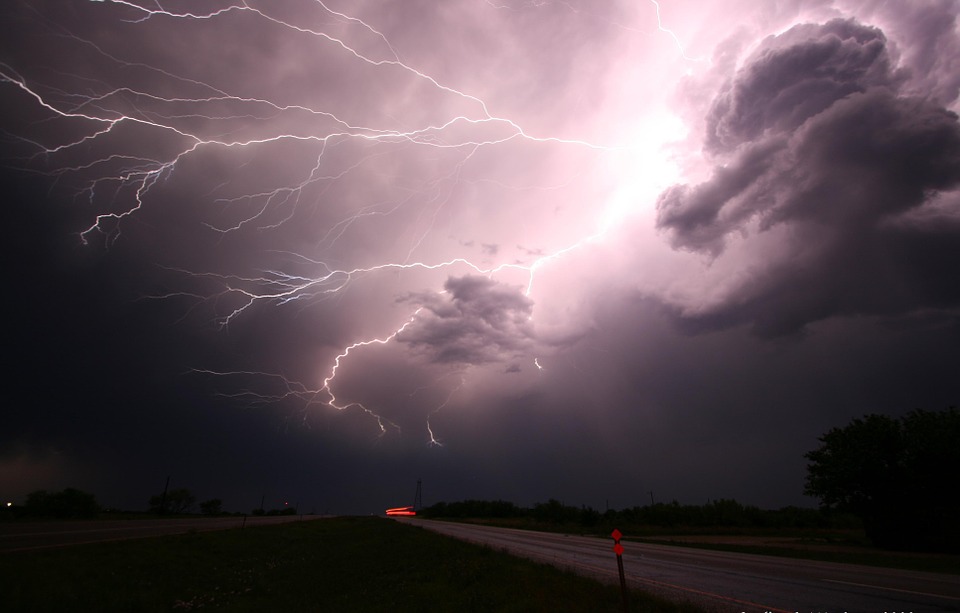Incorporating a solar energy system into homes is one of the popular trends today among homeowners. Since it is a whole new different source of energy, there are plenty of things that need to be learned before going for a change. To make things easier, here’s a simple beginner’s guide for everything you need to know about a solar energy system.

Basic Parts of a Solar Power System
A solar power system is basically composed of three parts: the panels, the inverter, and the mounting. The solar panels can either be mono or polycrystalline. Both of these types work fine with almost any climate. However, be sure to choose a good brand which is guaranteed to last long for a worth it investment. The inverter can either be a microinverter or a string inverter. String inverters work by connecting all the panels into it. On the other hand, microinverters are attached to the back of every panel. The mounting simply works as a rack where the solar panels are attached onto.
Amount of Electricity You Use
Before making the switch to solar powered systems, determine first how much electricity you use in average. The solar energy from the panels is directly consumed by appliances and other things at home. In some cases, there is excess energy which will then be transported to the grid. Power companies will pay you back every time you export energy to the grid. However, it is just a small amount. You can enjoy more savings and benefits when you consume the energy produced than exporting it. Learn more on how do solar panels work by talking to our expert team members today.
Number of Panels to Buy
Once you’ve decided to switch to solar, the next thing that comes to mind is how many panels you need to install. Basically, you have to consider budget and yard space available when deciding on the number of panels. However, most homes do well with 22 panels. You can save more if you install a greater number of panels, especially during those times when the sun isn’t shining that brightly.
Proper Placement of Panels
When installing solar panels, the angle depends on the peak times that you’ll be using electricity at home. For instance, if majority of your electricity usage is during early morning and after work, it is best to install panels facing the east and the west. However, if you’re spending most of the day at home, panels facing the north can provide most of your energy needs during midday.
If you want more versatility when it comes to overall solar power production, you can try a combination of all different angles. Understanding the relationship between your peak electricity usage time and panel angle makes a difference in the efficiency of your solar power system.

Solar power systems are definitely a great investment that would help you save up on expenses, increase the value of your home and help care for the environment.






No Comments